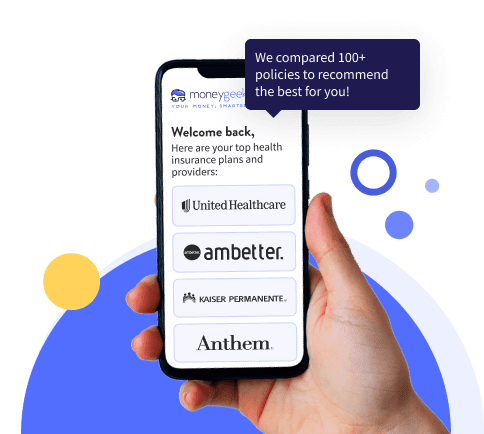People choose between HMOs, PPOs, EPOs, and POS plans, which differ mainly in how much freedom you have to see doctors outside your network.
You can get coverage through government programs like Medicare and Medicaid, or temporary coverage for specific situations.



